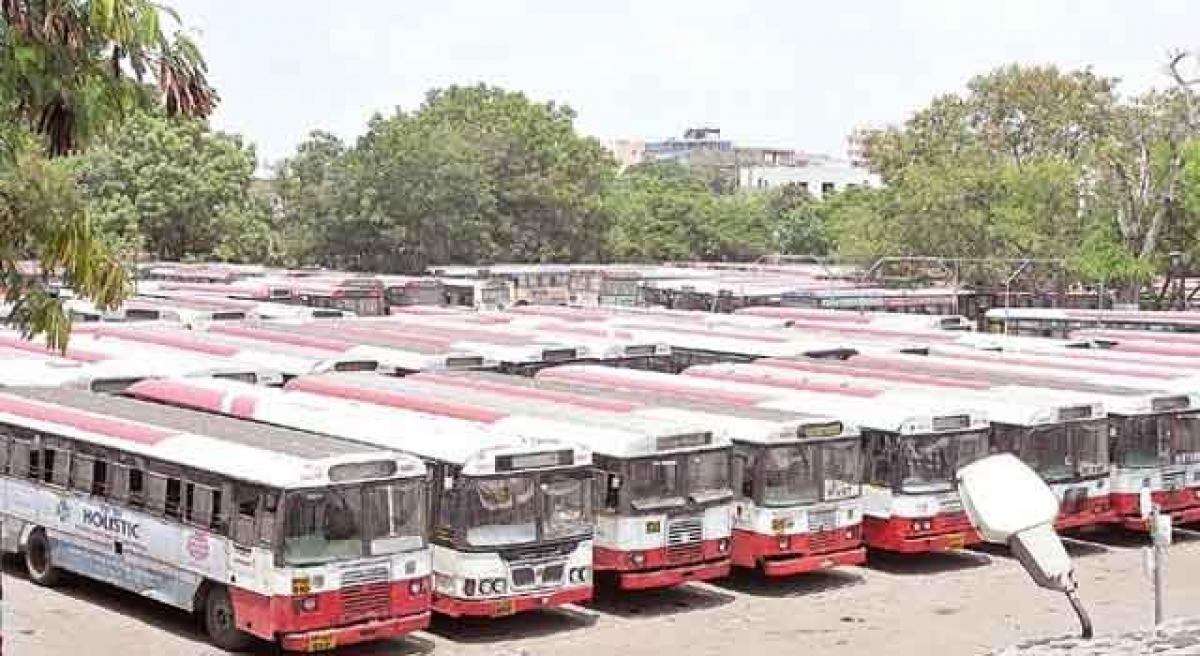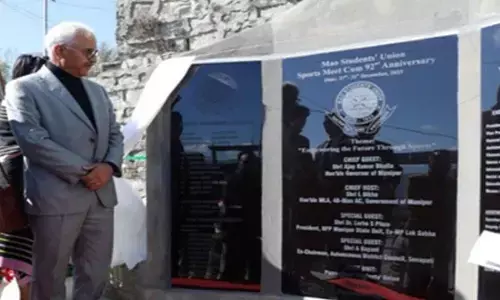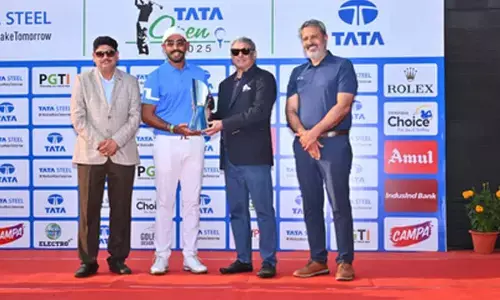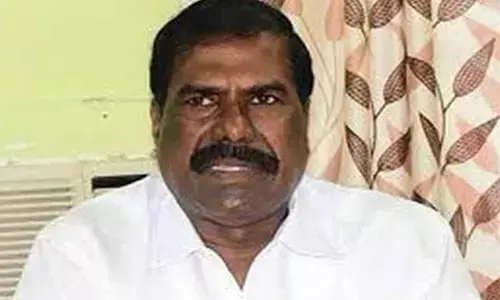Making RTC viable

Accumulated losses always worry State road transport corporations. Cosmetic measures do not bail out the public transport from fiscal challenges. Innovative approach and an out-of-the-box thinking are urgently needed to revive the sagging finances of RTC.
Accumulated losses always worry State road transport corporations. Cosmetic measures do not bail out the public transport from fiscal challenges. Innovative approach and an out-of-the-box thinking are urgently needed to revive the sagging finances of RTC.
Measures suggested by Telangana Chief Minister K Chandrashekar Rao are certainly appreciable. There is a plethora of suggestions available. But what was lacking all these days was political will and official commitment to implement.
The illicit private transporters are eating into the income of the RTC. The State-run RTC is at a disadvantageous position as the private buses ply on the profitable routes. This is nothing but privatisation of profits and nationalisation of losses. Such a discriminatory treatment to a public utility is reprehensible.
The Telangana government’s plan to permit cargo and courier transport would certainly augment RTC incomes. Chief Minister’s assurance to make budgetary outlays and timely reimbursement of concessions is laudable. The RTC has huge assets and buildings which can be commercially exploited.
The State government has rightly proposed construction of mini theatres in bus stands. In fact, bus stands can be developed into multipurpose facilities by constructing commercial complexes, theatres etc. The government should set up a transport development finance company as a subsidiary of RTC to undertake this work. A special purpose vehicle (SPV) with public-private partnership can be floated for the purpose.
The Chief Minister has already proposed raising revenue through advertisements in buses and bus stands. Information technology can be used to set up digital bill boards at vantage points which can be updated through Wi-Fi when the buses enter the bus stand. This can help in garnering local advertising.
RTC is a bulk consumer of fuel. This can be leveraged to get maximum discount on the fuel. The RTC can set up its own filling stations so that it can also serve outside customers, thus raising revenue, apart from meeting its own requirements.
It’s obnoxious to tax public transport as it is a social infrastructure. At least, taxes on loss-making routes should be immediately withdrawn. RTC should be completely free from hire buses which impose additional burden on the corporation.
RTC spends millions of rupees on tyres and other spare parts every year. It can set up its own manufacturing facility that would not only serve its own requirements, but also earn income by marketing these products.
Maximum use of fleet, proper planning of routes, better facilities for passengers would contribute to increased Occupancy Ratio (OR), thereby increasing the revenue.
Such a mammoth public utility service needs an exclusive research and development (R&D) centre to monitor performance, efficient use of resources and promotion of necessary innovation. Take all necessary measures for proper maintenance to improve the performance of buses.
Passenger-oriented innovations like mini buses, service at the door step etc., will help in realising the dual objectives of customer satisfaction and more revenues for the RTC. A study team has to be set up with the task of evolving a time-bound action plan through wider consultations for a comprehensive and enduring revival of RTC finances.
















